There is a reason, companies like Dropbox, Airbnb or LinkedIn grew faster than large established companies did 40 years ago. Talent? Nope, it is not the super smart people they employ. It is nice to have, but not a must. Venture Capital? Na, also great to have. But the more you have, the more you can blow. Growth hacking? Close, but no. True growth is not about clever hacks you find to gain 1000 users.
Many SaaS & tech companies manage to grow so quickly because (besides building growth into their products) they focus heavily on increasing retention or reducing churn.
And there are a lot of ways how big corporations can copy some of these tactics and mindset. But how can large companies copy these success factors?
Reducing churn is key to long lasting growth
Building a SaaS in times of the internet is hard.
Competition is around every corner – you compete with a global marketplace. It has never been easier to switch from one service to another. Yet, SaaS developed a way to work with these odds to succeed.
The driving force behind this is their focus on churn. Churn is the number one reason for slowing down growth. The more people you can retain, the more revenue builds up over time. Tiny changes can amount to substantial changes in the future.
SaaS startups are continually experimenting with ways to keep customers most large organizations cannot do. But there is no reason to not take a look into their cookbook and take ideas to implement at scale.
Below you will find 10+ ideas of SaaS and tech startups you can learn from.
10+ ideas on how to keep your customers
#01 — User welcome emails
Imagine you were invited to a party. You ring the doorbell and somebody opens the door for you. No “hello”, no handshake, no cocktail. Would you stay? Why wouldn’t you greet your customers? But in fact, many companies don’t. Welcoming your new customers has some advantages.
On the one hand, you get to greet your new guests making them feel important. On the other hand, it gives you a good opportunity to address things that matter to you. It is hard enough to catch your customers’ attention. Best moment is when they sign up. Use it!
Examples:



For example, a funny but personal email from “The Hustle” founder Sam Parr (hi Sam, HUGE fan here!)
#02 — Build proper onboarding
Give your customers more than a tour
One of the most important strategies to manage churn is to build a proper onboarding experience.
What do I mean with onboarding? An onboarding flow leads your new customer as quickly as possible from 0 knowledge about your product to understanding the value of it and experiencing success with it.
According to Intercom, 40-60% of users don’t use your service a second time. Onboarding is one critical part to improve this.
The first 7 days of any new customer are critical. The more you make your customer familiar with your service and all of its features, the higher the chance they will stay. The faster your customer really understands the value of your product, the lower the churn.
Examples:

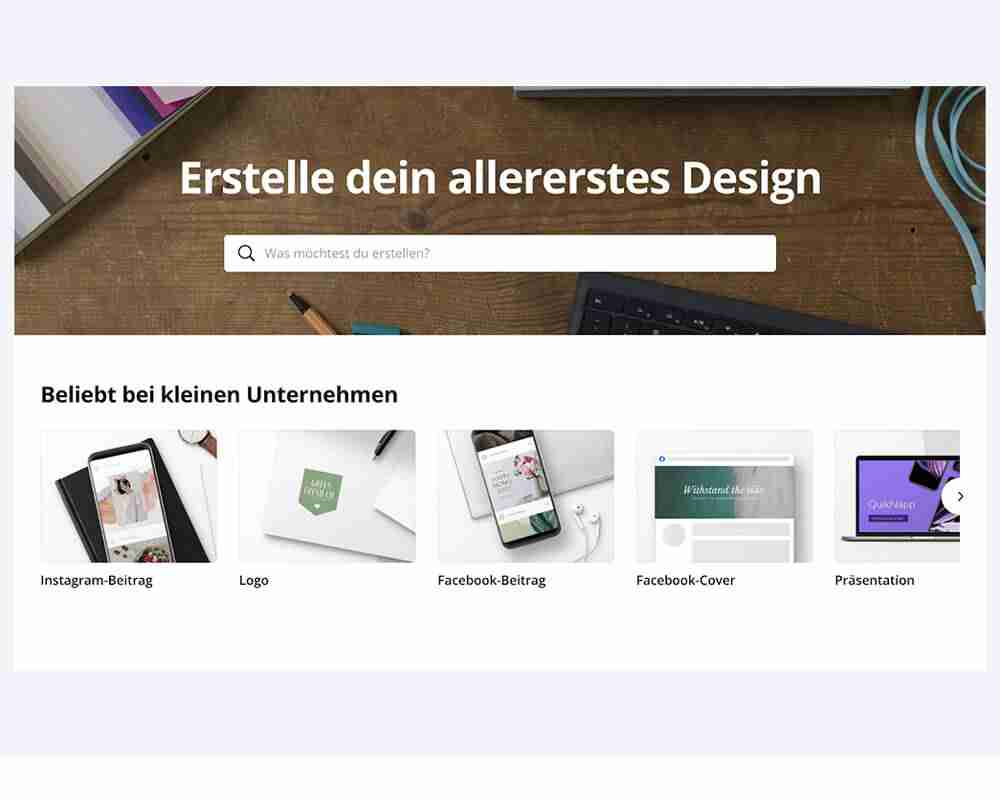

#03 — Make your product more valuable over time
Think of Evernote. The more information you store, the more valuable it is to you – and the less likely you will leave this service.

What can you add to be more invaluable in the future?
Examples:



Dropbox is famous for their referral program. And rightfully so. Refer 1 friend, get 500 MB of additional storage. But this tool is not just great at acquisition, but also at retaining users. If you already got 10 of your friends involved and got 5GB of free storage – this was a lot more valuable than the free version.

Hubspot with their product portfolio. Started out as a simple CRM and now does Marketing, Service and Sales.


#04 — Let customers pause your product
Customers might not need you all the time. Like in the example above, there are a lot of circumstances they will run into a (temporary) situation where they don’t need your service. It’s not about money, but about the need. Why should your customers pay for something they might not use?
If they need to cancel their service to stop payments, you might not be on top of their mind if they need you again. So how about letting them pause instead? It is always easier to reactivate users when you got their contact than convince them again to buy your offer.
Examples:
#05 — Use forced pauses
If your customers don’t use your product or service, they won’t get any value. If they don’t get any value, it is just a matter of time till they leave.
Take care of your customers – then they will take care of you.
Examples:


#06 — Get better data
Many analytics or customer insights platforms help you understand why your customers are doing what they do. With cohort analysis it helps you figure out what features or behavior retains your customers. When do they churn? Why do they churn? What differentiates customers who stay from those who cancel?
If you know that, then you can start to replicate this.
The more you know about how customers use your product, the more chances you have to decrease churn.
Examples:
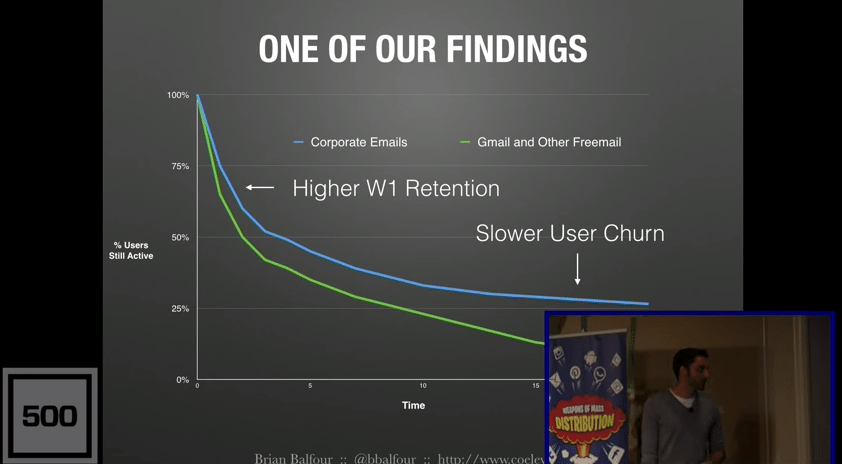
#07 — Communicate your customers ROI
If a customer uses your product, the product is hired to do a job for the user. So why not give your users a regular checkup on the benefit they get?
Be transparent about what results you deliver. Don’t brag – just show. If you customers get great benefits out of you – why would they churn?
Examples:
#08 — Help your customers use your product better
Happy wife, happy life. It turns out this is also true for your customers. How can you make them happier? By helping them improve on their skill or action. What job does your product do? And how can you help your customers get better at this?
Time and time again it is about the value you bring to the table. If your customers get more value out of your relationship, then they will stay longer.
Examples:
#09 — Train your customers to become more skilled
As mentioned: if your customers succeed with your product, they will keep using you. Another way to make them more successful is by training them in their field – from basic to advanced.
Examples:
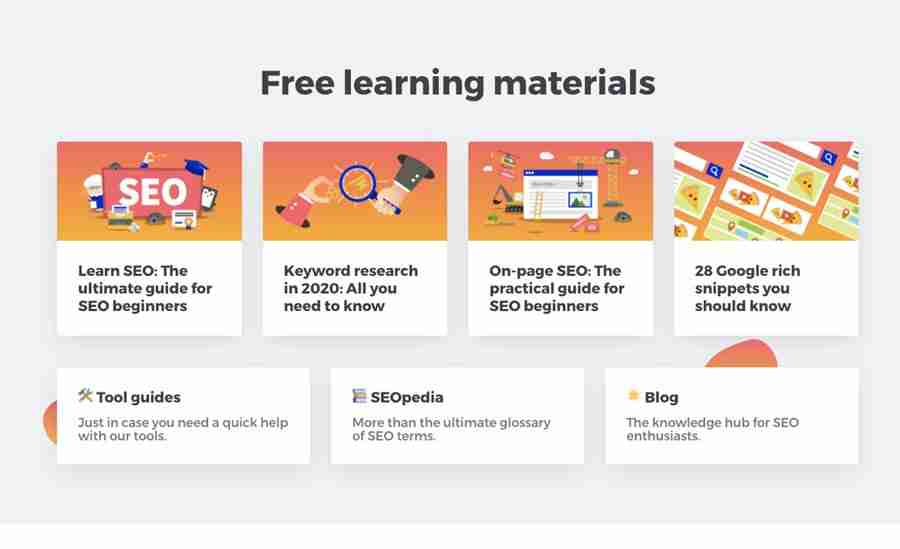
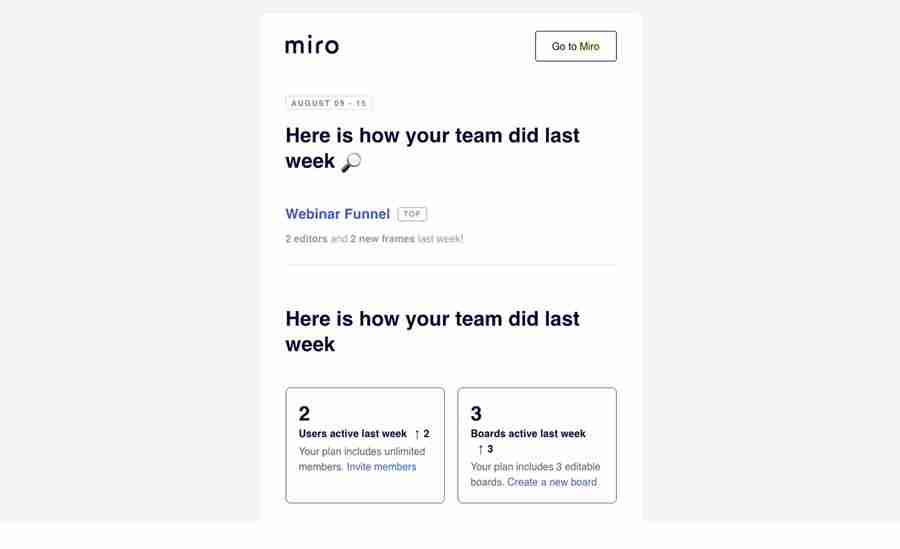
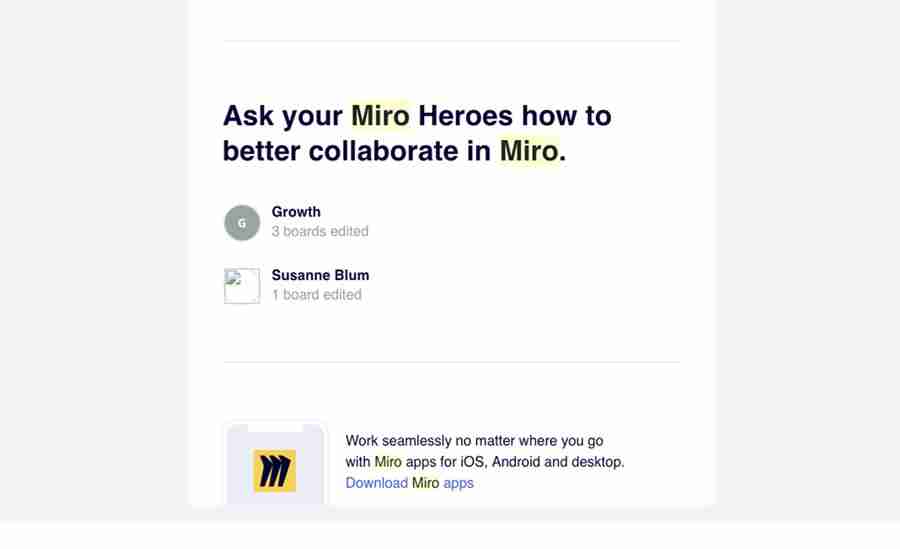
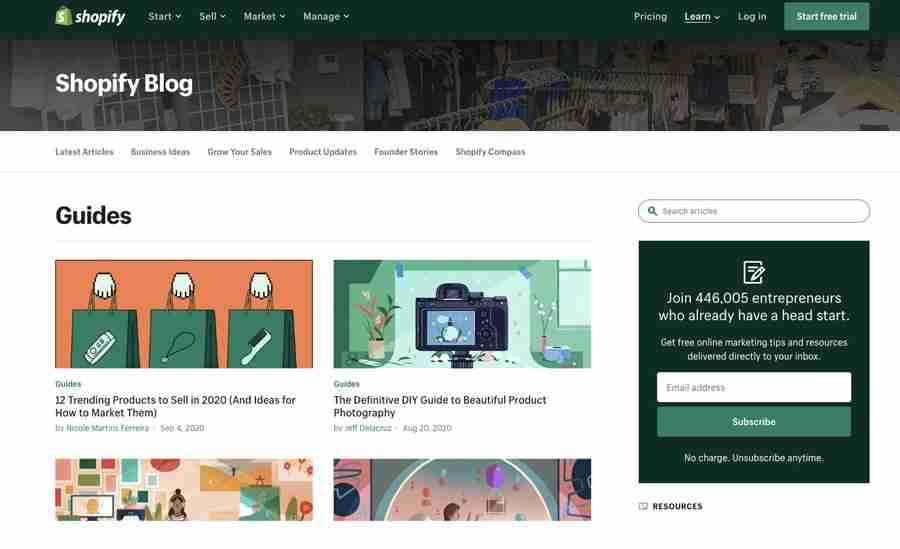
#10 — Last Minute Defence
There are a 1001 reasons why your customers might quit (being happy isn’t one of them). Reasons are simple, ranging from price to more features they get at your competitor.
Those can usually be narrowed down to maybe 5-10 real reasons. And if you know these, you might be able to turn them around.
Examples:
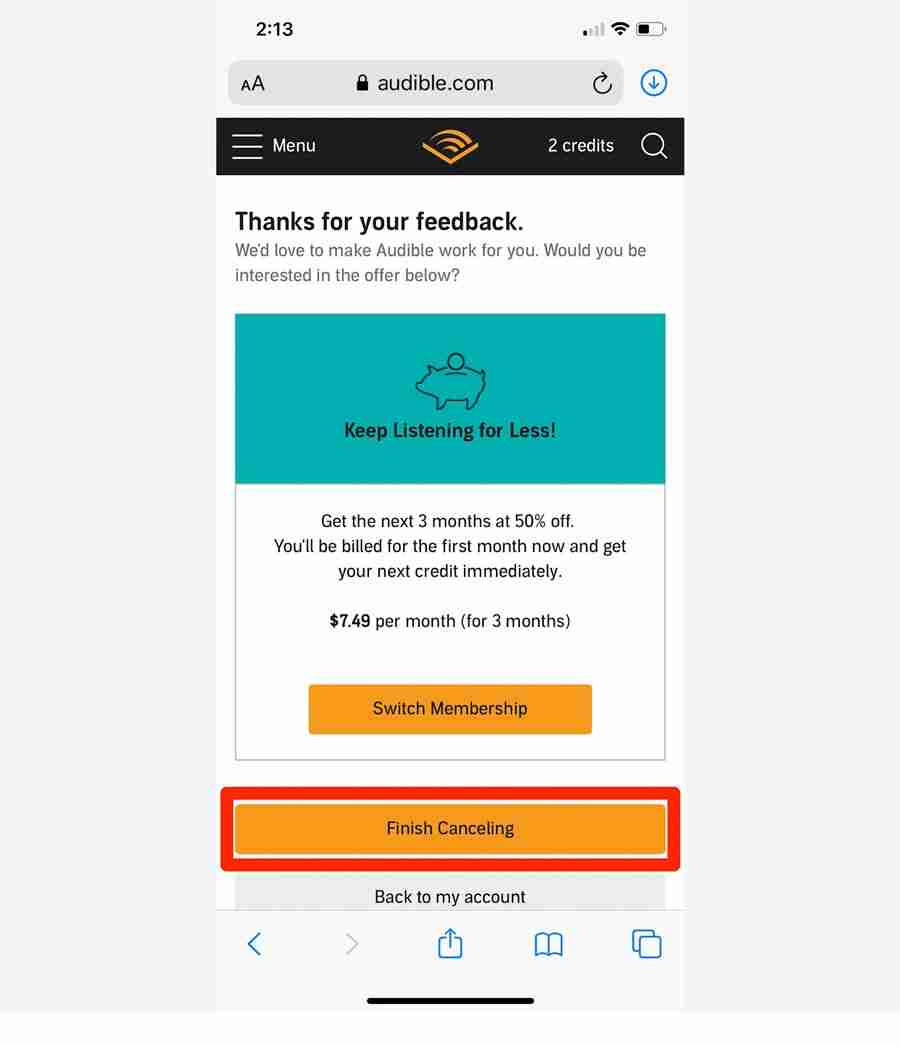
Bonus: Let's be a bit more "Meta"
Before you go – here are some more thoughts about churn, that do not necessarily relate to tips – but rather mindset.
#11 — Acquire the right customers / reduce the right churn
Instead, rather focus on acquiring and keeping the right customers.
#12 — Build a dashboard
#13 — Churn is about the product – build a great product
OK, this is a tough one. I admit that. But well, this is the most important one. If your product does not add enough value, you don’t have a churn problem – you have a product problem.
After 8 years in a large corporation I speak out of my heart: please ask for feedback. All too often this is forgotten, or if done at all – in a closed environment with a NPS. Use open questions instead. This takes time, but there are few investments more valuable than that.
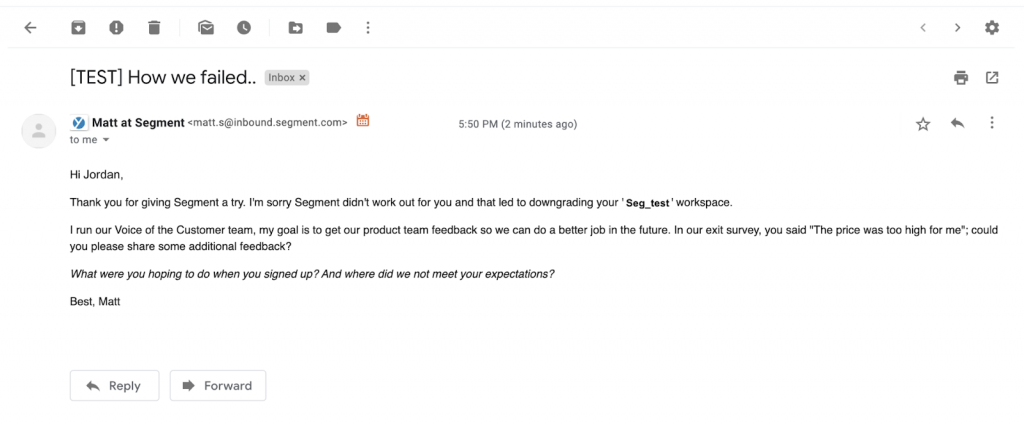
Talk to customers that did not use your product enough. Try to learn what happened. Try to understand what kept them away from using your service. These are incredibly important insights to have.
95+% of unhappy customers don’t complain. 90% of those will simply leave and never return.
Interested in more ideas?
We got more strategies and examples than we could fit into this post. But if you enjoyed this read, sign up and get access to 18+ more examples & strategies (updating it regularly, so still counting)






